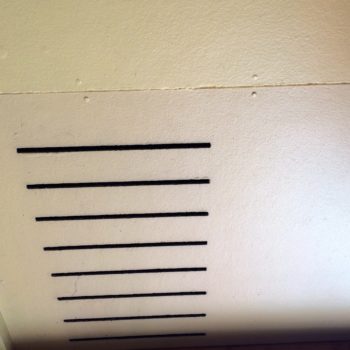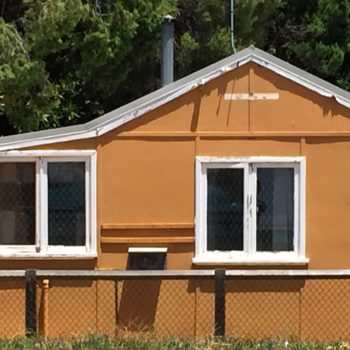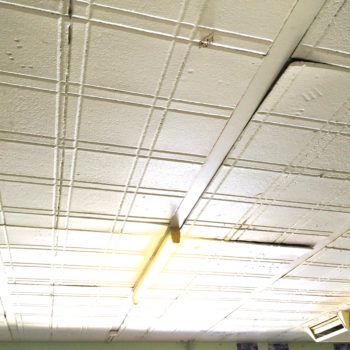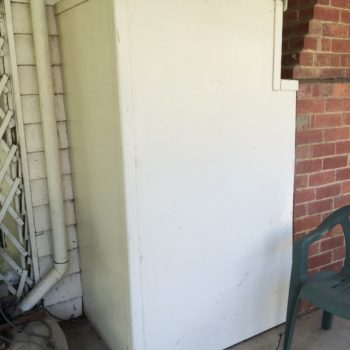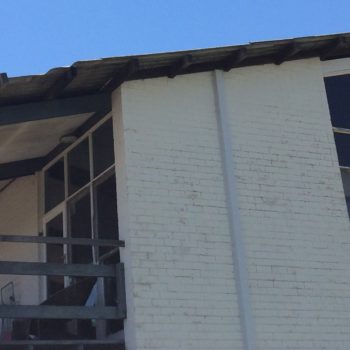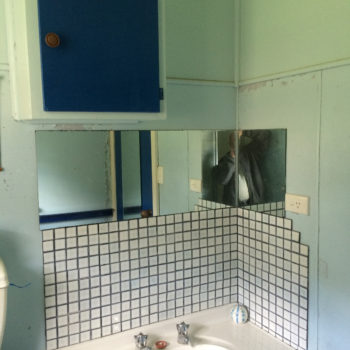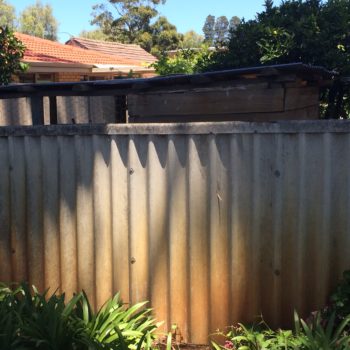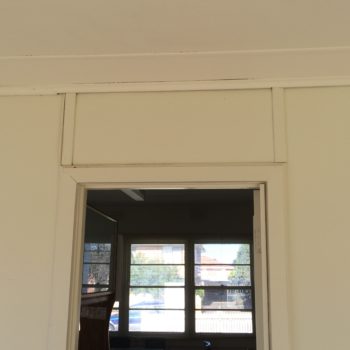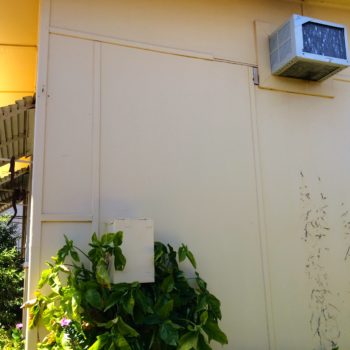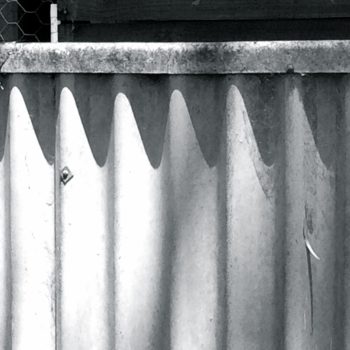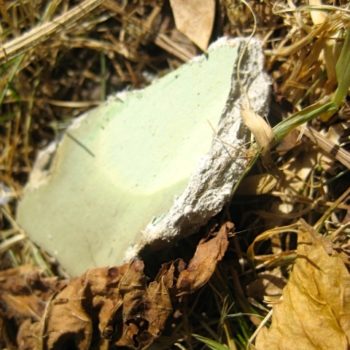Myth 1: Asbestos is no longer a problem in Australia.
Fact: This is not the case; asbestos is still a huge problem in Australia. It is possible close to 5 million homes, or 1 out of every 2 homes in Australia still may have asbestos containing materials or products of some kind in them. It is still present in many commercial and public buildings and in a lot of vehicles and equipment still in use.
Myth 2: Australia no longer imports goods manufactured using asbestos.
Fact: Unfortunately this is not the case, even though the use and importation of asbestos in any form was banned in Australia as of the 1st of January 2004, many products containing asbestos are still being illegally imported into Australia.
Myth 3: Asbestos is banned around the world.
Fact: Under 60 countries have fully banned the use of asbestos; it is still widely mined and used by Russia and allied countries. The USA, Canada and New Zealand have yet to ban the total use of asbestos containing products, however Canada ceased mining and exporting asbestos in 2011.
Myth 4: Australia has standard asbestos legislation across all states and territories.
Fact: This is an ‘ideal’ that is being pursued by Australia’s Asbestos Safety and Eradication Agency, but it is far from a reality. All Australian states and territories have differing legislation; this is particularly evident in the domestic sector
Myth 5: White asbestos is okay – it’s the safe kind!
Fact: The fact is there is no good kind! All types and colours of asbestos can kill you – white asbestos killed Bernie Banton. The vast majority of people, who die from asbestos related disease, do so as a result of having been exposed to white asbestos fibres.
Myth 6: You need to have worked with asbestos for it to harm you.
Fact: There is no known safe level of exposure to asbestos. Many people have been diagnosed with incurable mesothelioma cancer after very low level, incidental exposure to asbestos fibres, often they are exposed by someone bringing home asbestos dust on their clothes.
Myth 7: The rate of asbestos related cancer in Australia is declining.
Fact: This is not the case; mesothelioma and asbestos related lung cancer are on the increase and realistically the experts are only making ‘informed guesses’ at when they will peak. So far all such guesses have been proven wrong!
Myth 8: Immunotheraphies are seen as a cure for mesothelioma asbestos cancer.
Fact: Immunotherapy treatments for mesothelioma have yet proven to be seen as a proven treatment for mesothelioma. Whilst some immunotherapies may improve longevity and/or quality of life for a very small number of mesothelioma sufferers, they are very hit and miss, and may in some sufferers accelerate growth of tumours and/or also heighten the severity of other underlying conditions.
Myth 9: You need to seek medical opinion as soon as possible after you know, or think you have been exposed to asbestos fibres/dust.
Fact: There is nothing any doctor can do to safeguard you from possibly being diagnosed with an
asbestos related disease if you have been exposed. The only thing a physician may be able to do is
relieve symptoms that may have been brought on by breathing in excessive dust (this will not be
the asbestos fibres, but rather the bonding agent such as cement dust) or anxiety. However, for
future reference, at your next visit, you should always tell your doctor if you know or feel you
have been exposed to asbestos.
Myth 10: People who reach seventy years of age, and haven’t been diagnosed with an asbestos related disease, don’t have to worry.
Fact: Again this is far from the truth, as of 2020 the majority of people diagnosed with mesothelioma in Australia were in their 70s – the fact is, people in their 20s, and people in their 90s, and everywhere in between are being diagnosed.
Myth 11: All Australian people who get diagnosed with an asbestos related disease receive compensation.
Fact: This is far from the truth, only people who can prove causation (that is, where they were exposed, and who was responsible) may be fortunate enough to receive compensation.
Myth 12: You can tell if something contains asbestos by just looking at it.
Fact: Nobody can ascertain whether something contains asbestos, or doesn’t contain asbestos by purely visual inspection, the only definitive way is by sampling and laboratory testing.
Myth 13: You can have training to learn how to visually ascertain that something does or doesn’t contain asbestos.
Fact: This is incorrect, you can have training that will teach you what asbestos containing material or products may look like, and to identify where asbestos is normally found, but the only way to categorically identify asbestos is by sampling and laboratory testing. Anyone, including experienced builders and tradespersons, who says they can ascertain there is, or isn’t asbestos present by only doing a visual inspection is not credible, and should not be relied upon.
Myth 14: It is okay for an untrained, inexperienced person to remove asbestos.
Fact: It is not okay, in some areas it is legal for a homeowner to remove up to 10 square metres of bonded asbestos containing material, but it must be done according to applicable rules and regulations regarding the safe removal and handling of asbestos – in most cases to fully be able to safely comply with these rules and regulations; you will need to be trained up to a professional standard and also hire or buy the right equipment to do the job. It would also be wise to cover yourself against the adverse unknown, by taking out specific insurance relating to what you are about to do. It is illegal, in all areas, to remove friable (loose) asbestos if you are not licensed.
Myth 15: If asbestos cement corrugated sheeting (ACCS) is not damaged; it is considered safe and does not need replacing.
Fact: This is far from the truth, unless it has been painted and well maintained, due to its age, all Australian ACCS exposed to the elements is starting to ‘weather’, the bonding agent, mainly cement, is breaking down and allowing the asbestos fibres to be released. This is one area where the rule, ‘If it isn’t broken, and is in good condition do not touch it!’ does not apply. If you own or are considering buying a home or building with ACCS that is not painted and in good repair, you should allow to prioritise the removal and replacement of it as soon as financially possible.
Myth 16: Using a vacuum cleaner or water hosing is the best way to clean up asbestos containing dust.
Fact: This statement is incorrect. Unless you have a purpose made asbestos approved HEPA vacuum cleaner, you will only disperse the dust and create further contamination. The same applies if you hose the dust down, what you will actually do is wash the dust and asbestos fibres in to crevices etc. See the Bernie Banton Foundation information page, Asbestos Emergency Procedures to learn what how to clean up asbestos containing dust.
Myth 17: The best way to clean asbestos walls and roofing is to use a pressure cleaner.
Fact: The very worst thing you can do is use a pressure cleaner to wash down asbestos containing materials. This particularly the case on asbestos cement corrugated roofs, not only is it illegal, it is highly dangerous and will cause significant contamination of the surrounding areas.
Myth 18: Investment homes and property are treated the same as private residences.
Fact: Unfortunately this is not the case, as it is not a private residence it automatically becomes subject to the same laws and legislation the commercial sector are subject too. Think of it as being a factory or shop; it is intended to make a profit – which is the definition of the word ‘commercial’. With this in mind you need to be very mindful of your insurance and legal (including ‘asbestos’) obligations. See the information page: Commercial Property Asbestos
Myth 19: Your home and contents; and public liability insurance policies will cover you if you are removing asbestos from your home.
Fact: Many (if not most or all) standard ‘home and contents’ and ‘public liability insurance policies exclude anything to do with working with, or handling asbestos, and therefore will not cover you if you DIY asbestos. This includes cleanup costs if you cause contamination – decontamination costs could run into 100s of thousands of dollars! Could you afford to pay it?
Myth 20: Your comprehensive vehicle insurance will cover you if you are carting asbestos material to the tip and have an accident and/or cause contamination.
Fact: As with home insurance, many motor vehicle policies exclude anything to do with asbestos, in other words if you are carting asbestos to the tip and lose your load, your policy may not pay for the clean up costs which could run into many tens of thousands of dollars. If you have an accident, not only may you not be covered for cleanup costs, in some cases you may not be insured to have your car repaired or replaced; or pay for any damage you may have caused.



